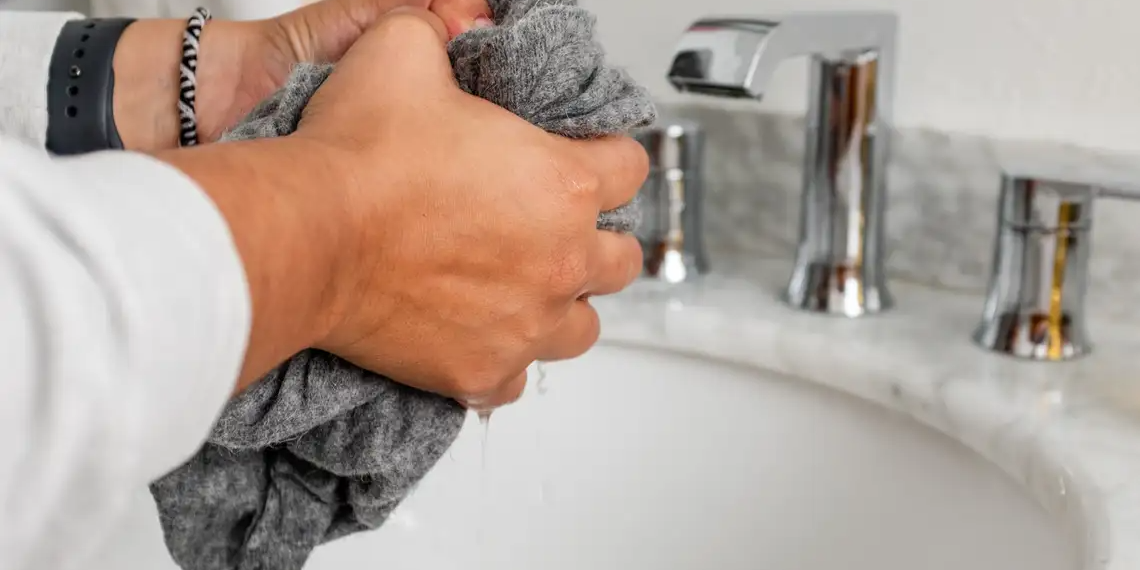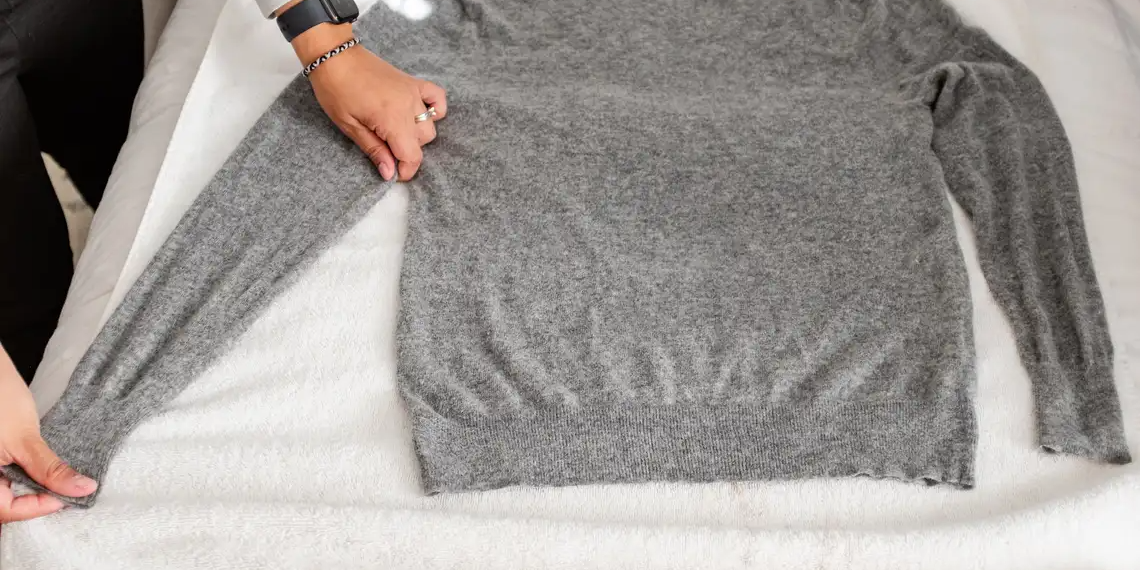Pure wool knitwear is a much-loved wardrobe staple for many people, treasured for its softness, warmth and timeless appeal. However, to maintain its luxurious feel and look, wool knitwear require careful care. Gentle washing, air drying and proper storage are key to extending the life of your knitwear. This article will give you expert care advice to keep your wool knitwear looking and feeling new for years to come.
Understanding the properties of wool
Wool is a natural fiber with unique properties that make it both comfortable and practical. It is naturally antibacterial, wicks away moisture and regulates temperature, keeping you warm in the winter and cool in the summer. However, these properties also mean that wool is susceptible to improper care. If wool knitwear are not properly cared for, they are prone to shrinkage, loss of shape and pilling.
1. Washing method: Gentle wash with wool-specific detergent
The first step in caring for your wool knitwear is to learn the correct washing method and detergents. Whether you choose to hand wash or machine wash, the key is to wash it gently.
How to choose a special wool detergent
When choosing a wool-specific detergent, prioritize products with safe and gentle ingredients, good stain removal, good color protection, and ease of use. Choosing the right detergent is essential to maintaining the softness, color, and overall integrity of your knitwear. Wool is a delicate fabric that requires special care, and using the wrong detergent can cause irreversible damage.
The first step in choosing a wool detergent is to look for safe ingredients. Choose a mild, neutral formula with a pH between 6 and 8, which is very close to wool's natural pH. This helps avoid fiber damage and ensures clothes stay soft and comfortable. Natural surfactants, such as those derived from coconut oil and amino acids, are effective and gentle in cleaning clothes without the harshness of traditional detergents.
Avoid using strong alkaline products as they can cause the wool to shrink and become stiff. Also avoid enzymes such as proteases and amylases as they break down the protein fibers in the wool. Bleach and fabric softeners should also be avoided as they can damage the fiber structure and accelerate fading.
Wool naturally resists oil stains, so you don’t need to use strong detergents. Just focus on gentle stain removal, especially sweat and dust stains. If you have dark wool clothing, choose a detergent with color protection to prevent fading and keep your clothes bright.
Look for a versatile detergent that can be washed by hand or in the machine. Many are designed for machine washing, but make sure they are compatible with the wool cycle. Low-sudsing formulas are ideal as they rinse easily with minimal residue, which prevents fibres from becoming stiff over time.
Hand washing (recommended)
Here's how:
-Use cold water: Pour cold water (≤30℃) into a basin and add wool-specific detergent. Avoid using ordinary laundry detergents as they are too irritating to wool fibers.
-Gentle Press: Soak the knitwear in water and press gently. Avoid rubbing or wringing the fabric, which can cause felting and loss of shape.
-Rinse Carefully: After washing, rinse the knitwear in cold water until the detergent is completely removed.
Machine washing
If the care label allows machine washing, follow these guidelines:
-Select the Wool Wash Cycle: Use the Wool Wash Cycle on your washing machine, which is designed to simulate hand washing.
-Use a laundry bag: Place knitwear in a mesh laundry bag to minimize friction and prevent warping during washing.
2. Drying method: Natural drying
After washing, the drying process is crucial to maintaining the shape and integrity of wool knitwear.
Lay flat to dry
-Squeeze out excess water: After rinsing, gently squeeze out the water from the knitwear without wringing. You can also lay the knitwear flat on a clean towel and roll it up to absorb excess water.
-Avoid hanging: Lay clothes flat on a clothesline or other clean towel to dry. Hanging will cause the fabric to stretch and lose its shape.
Keep away from heat
-Avoid direct sunlight: Do not expose wool knitwear to direct sunlight as this will cause fading and shrinkage.
-NO Tumble Dryer: Never tumble dry wool knitwear. High temperatures cause the fibers to shrink and stiffen, destroying the softness of knitwear.


3. Daily storage: Store correctly
The way wool knitwear is stored has a significant impact on its lifespan. Proper storage methods can help prevent wool knitwear from losing shape and becoming damaged.
Folding for storage
-Avoid hanging: Long-term hanging can cause shoulder deformation. It is recommended to fold the knitwear neatly and then store it in a drawer or on a shelf.
-Use camphorwood strips: To prevent moths, place camphorwood strips where items are stored. Avoid using naphthalene balls as they can damage wool fibers.
Breathable and moisture-proof
-Ventilated Storage: Store knitwear in a well-ventilated area to prevent mold and mildew.
-Moisture Repellent: Consider using a moisture repellent to keep your clothes dry and fresh.
4. Pilling treatment
Pilling is a common phenomenon in wool knitwear, but it can be effectively controlled.
Using a Pill Trimmer
-Remove lint: If slight linting is found, use a lint trimmer to remove it. Avoid pulling the lint with your hands as this may damage the fabric.
-Tip: When using a lint trimmer, keep the blade parallel to the fabric to avoid cutting into knits.
5.Precautions
Reduce Friction: To minimize pilling, avoid wearing wool knitwear with rough fabrics (such as backpacks or jeans) that can create friction.
Avoid Frequent Cleaning: Wool has natural antibacterial properties, which means it doesn't need to be washed after every wear. Simply wipe the stain with a damp cloth to keep the knitwear fresh without having to wash the entire clothing.
Steam Wrinkle Removal: If your knitwear is wrinkled, gently iron it with a steam iron. Hold the iron in the air and avoid direct contact with the fabric to avoid damage.
Conclusion: The key to longevity
Gentle washing, air drying and proper storage are the cornerstones of extending the life of pure wool knitwear. Follow these expert care tips and your knitwear will remain soft, warm and beautiful for many years. Remember, good care is not just about maintaining the appearance of your knitwear, but also about maintaining the quality and integrity of the natural fibers that make wool such a precious material. Follow these care tips and you will be able to enjoy the comfort and elegance of your wool knitwear for seasons to come.
Post time: Jun-20-2025




